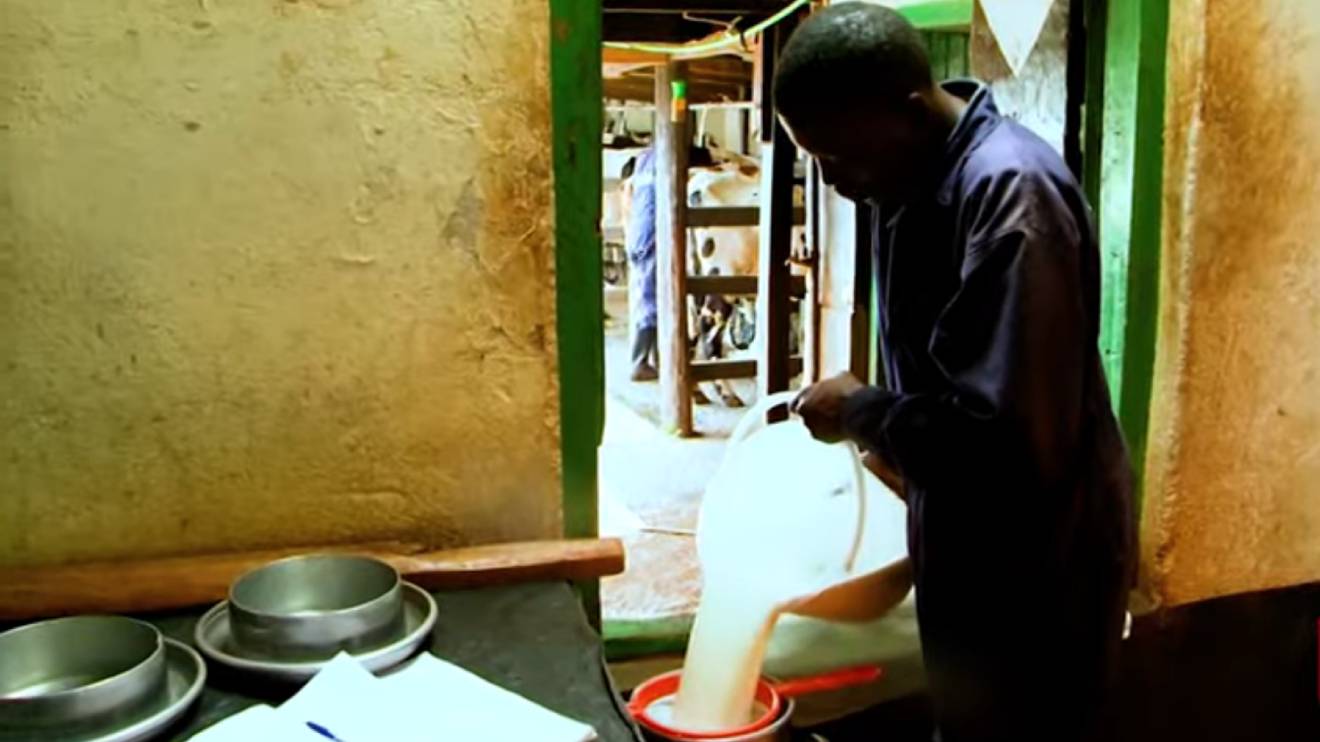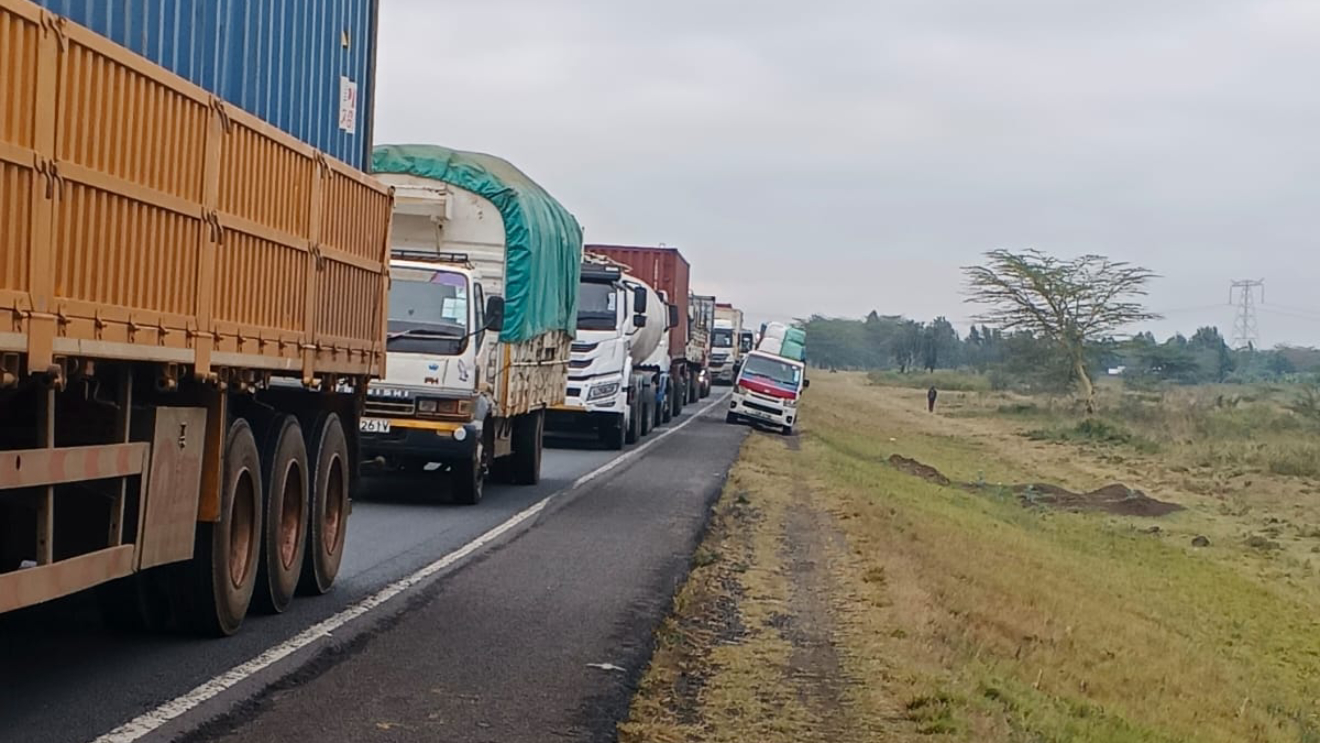Kenya could see its annual milk production swell to 3.4 billion litres by 2028, unlocking an estimated Sh156 billion in additional revenue, as a privately-led campaign to boost forage-based animal nutrition gains traction among smallholder dairy farmers.
The effort, spearheaded by the Nourishing Prosperity Alliance: Forage for Animal Growth in East Africa (NPA-Forage), is targeting half a million farmers who collectively own around two million cows.
Organisers believe the strategy could drive a 53 per cent rise in national milk output, anchored on better feeding practices and commercially viable forage production.
At the centre of the plan is the creation of a decentralised forage market tailored to the needs of small-scale dairy producers.
“The key interventions include building a self-sustaining commercial marketplace for nutrient-dense, climate-adapted forage that is accessible to small-scale dairy farmers who make up 80 per cent of the total dairy farmer population and meet more than half of the country’s milk needs,” said the consortium, in reference to their field data from the recently concluded pilot phase that ran from 2020 to 2023.
Despite being a vital sector in Kenya's food economy, the dairy industry continues to grapple with staggering losses due to underfeeding.
Figures from the Food and Agriculture Organisation (FAO) show that poor animal nutrition is to blame for an annual milk deficit of 4.42 billion litres—an opportunity cost of Sh169 billion lost to unrealised potential.
However, the tide appears to be turning. Since its inception, NPA-Forage has trained 5,500 farmers in cultivating high-value forage and balancing feed rations.
Most of the participants have begun adjusting their practices, with encouraging results.
These farmers are not only adopting the techniques but also reporting notable results.
Providing insight into this behavioural shift, Brenda Rono who leads monitoring, evaluation, and learning at NPA-Forage in Kenya explained, “Dairy farmers are changing their attitudes and practices around how they feed their animals, resulting in higher milk yields. We are also training farmers to grow nutritious, climate-adapted forage for their animals and for sale."
The results are already measurable. Among the trained farmers, 91 per cent said they now better understand the nutritional importance of forage and feel more confident in formulating feed for their animals.
For those already feeding their cows with harvested forage, 87 per cent have recorded increases in milk output—with average yields climbing by 64 per cent, depending on the type of forage used.
At a recent training event, the project’s technical manager, Ian Mutua Muthama, laid out the next phase of expansion.
“Poor animal nutrition contributes to low animal productivity. By building a market for nutritious, cost-effective forage, we are targeting to grow the dairy industry by 16 per cent this year, 26 per cent next year, and up to 53 per cent in 2028,” he said.
He added that growth would be tracked using indicators such as litres of milk produced per cow, adoption rates of forage practices among farmers, and financial returns within the value chain for both producers and sellers.
With small-scale farmers currently contributing more than half of Kenya’s total milk supply, NPA-Forage’s strategy of commercialising forage is shaping up to be a turning point in the country’s agricultural narrative, one that moves the dairy sector from nutritional struggle to structured, market-led growth.


-1757663582.jpeg)

-1757586635.jpg)




